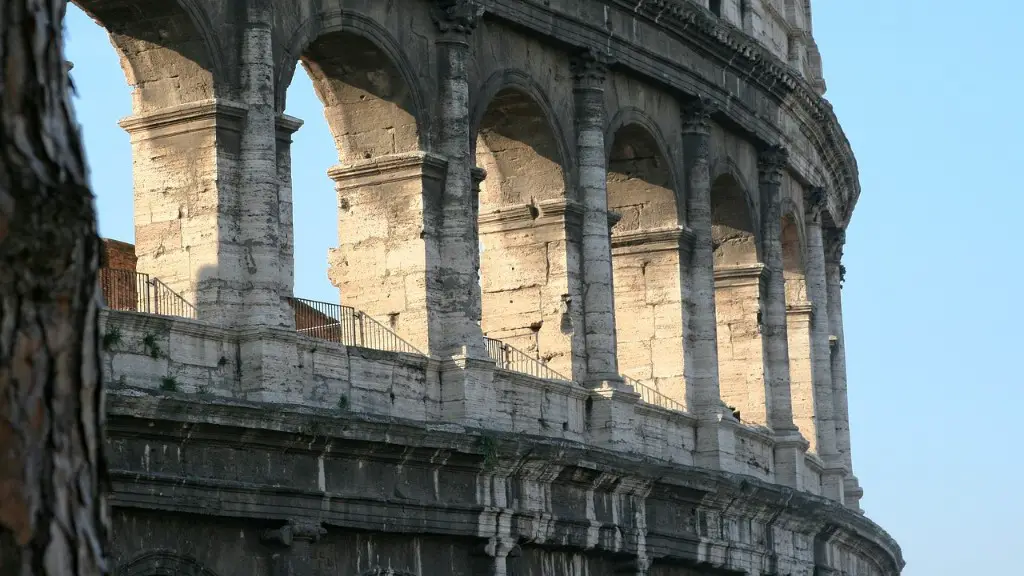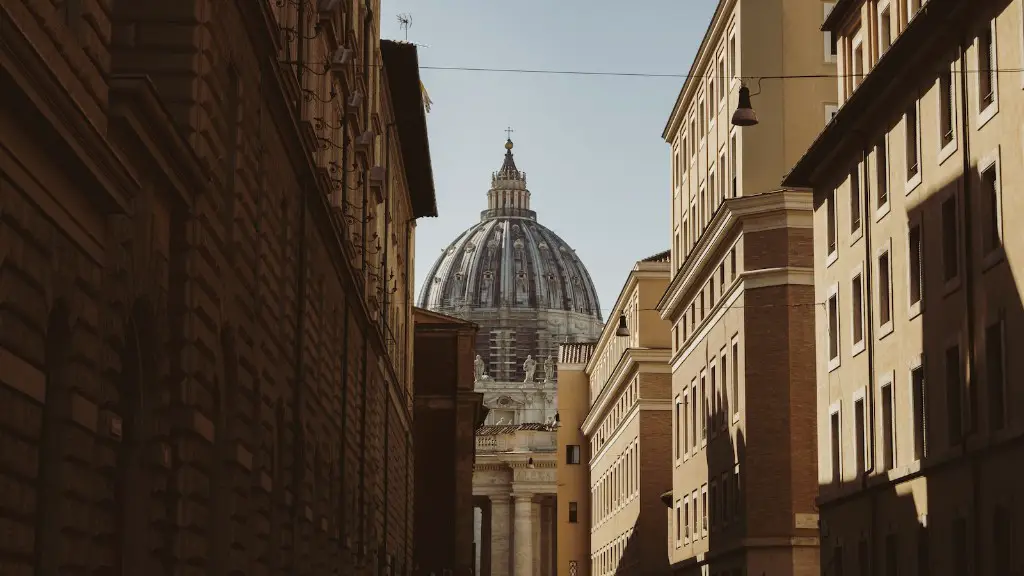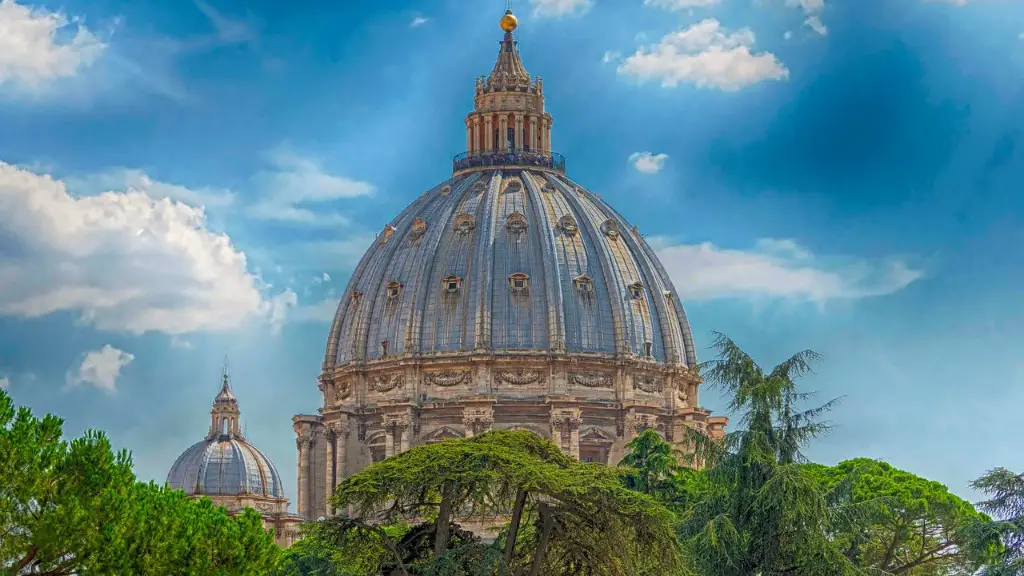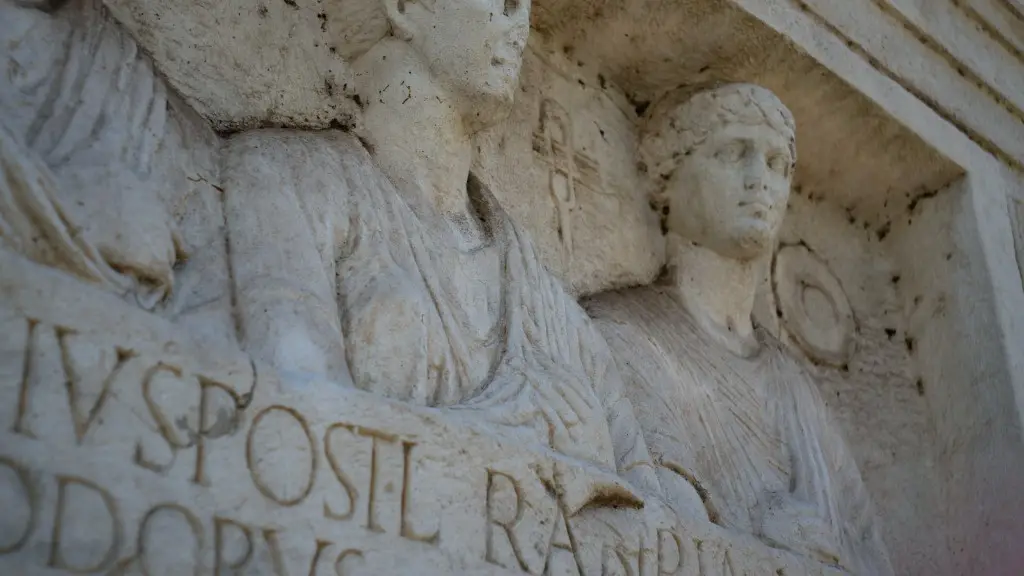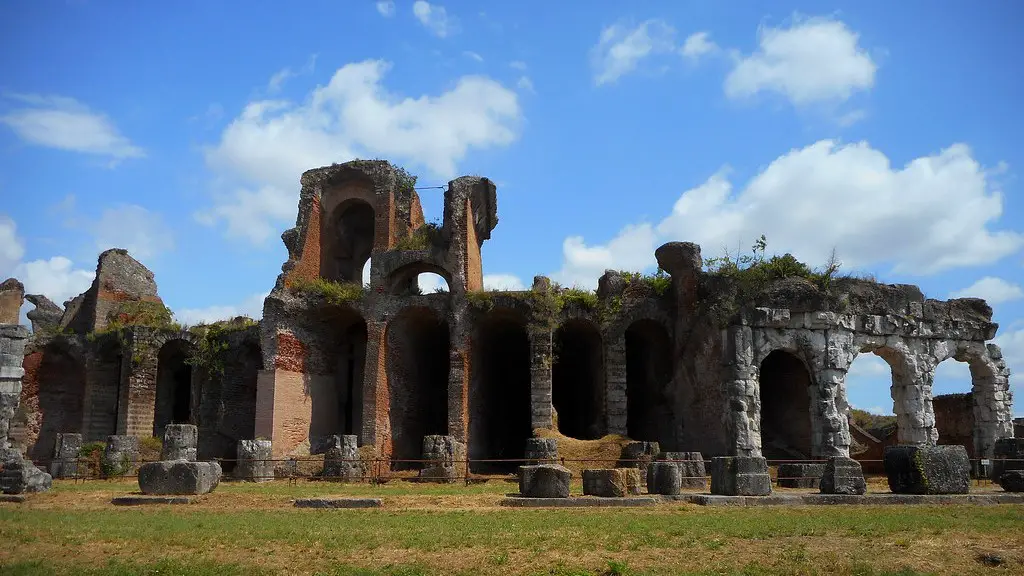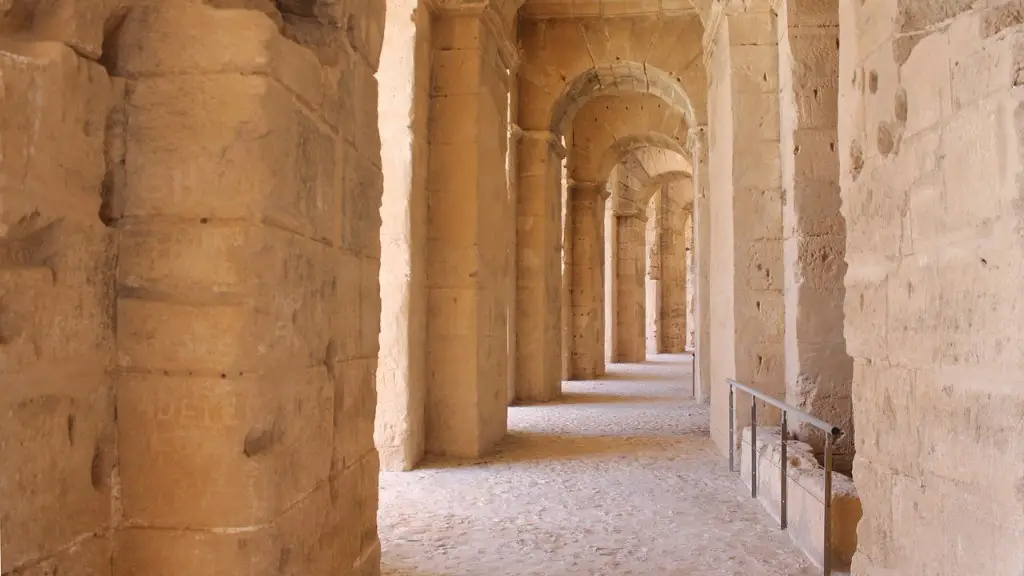In 64 CE, Rome was struck by disaster. The deadly fires that swept through the ancient city over the course of five days destroyed a reported three-quarters of Rome, leaving a path of destruction in its wake. It is estimated that at least 10,000 people died as a result of the fire, and the city suffered a sudden, catastrophic loss of faith in its ability to provide peace and safety for its people. Ever since, the burning of ancient Rome has been a topic of fascination, with historians and archaeologists examining the cause and aftermath of the cataclysmic event.
To this day, the precise cause of the great fire is still unknown. Some historians believe that an act of arson may have been to blame, with the flames originating in the shops of merchants near the Circus Maximus. Others theorise that the blaze may have been the result of a lightning strike, or a spark from a hot air ballon, while others suggest that the fire was started by the Romans themselves in a deliberate act of arson in order to invade the city’s Jewish district. Nevertheless, the precise cause of the fires remains a mystery.
The most widely accepted theory is that the fire was started by the Emperor Nero himself. It is believed that Nero sought to clear away the disorganized and overcrowded areas of the city in order to rebuild them in his own image. In fact, it is believed that Nero made a dramatic and theatrical public display of his feigned distress at the fire, and took the opportunity to rebuild large portions of the city in a style more to his liking. Regardless of the cause, the Great Fire of Rome had an enormous impact on the city and its people.
At the time, the Roman Empire was already in a state of turmoil. Economic instability, political unrest and a rise in crime had all contributed to a general discontent among the citizens. The fire exacerbated these pre-existing tensions, as it destroyed homes and businesses, forcing many of Rome’s citizens into poverty and exile. In addition, the fire led to an increase in anti-imperial sentiment, as many were suspicious that the emperor had a hand in starting the blaze.
In addition to the physical and social damage inflicted by the fire, it is also believed to have had a psychological impact on the Roman people. The sudden and catastrophic destruction of their beloved city sent shockwaves throughout the empire, prompting a sense of fear and uncertainty amongst the citizens. In response, many fled to nearby communities, while others sought solace in religion, leading to a rise in religious fervour.
The legacy of the Great Fire of Rome is one of tragedy and destruction, but it can also be seen as a turning point in the city’s history. Although the fire marked a dark chapter in Rome’s past, it also provided an opportunity for renewal and rebuilding, as the city rose from the ashes to become one of the most powerful empires of its time.
Impact on Trade and Commerce
The Great Fire of Rome had a significant impact on trade and commerce in the Roman Empire. The sudden destruction of much of Rome’s infrastructure severely impacted the city’s ability to import and export goods, leaving it in an economically weakened state. This created a crisis for Roman merchants, who had to rely on a much smaller selection of goods and services. Additionally, the charred remains of the city created a major obstacle for trade, as the ruined streets and tottering buildings made it difficult for merchants to move their merchandise through the city.
Furthermore, trade was severely hampered by the fire’s destruction of Rome’s financial institutions. Banks and marketplaces were destroyed, leaving merchants without access to credit systems and financial markets. This disruption of the Roman economy resulted in a sudden plunge in economic activity, leaving many traders bankrupt and without a means of providing for their families.
In the wake of the fire, Emperor Nero took decisive steps to rebuild the Roman economy. He provided financial assistance to merchants, started new marketplaces and financial institutions, and sought new sources of trade. Through the emperor’s efforts, the Roman economy slowly recovered and eventually returned to its former strength and prosperity.
The Role of Religion
The Great Fire of Rome had a profound impact on the religious landscape of the Roman Empire. Prior to the fire, the traditional Roman religion was on the decline as more and more citizens began to turn away from the state-sponsored cults in favour of new and more exotic faiths, particularly those from the nearby East.
The fire, however, gave traditional Roman religion a renewed purpose and significance. In the wake of the tragedy, many citizens looked to the gods for comfort and salvation, giving rise to a religious revival in the city. The gods, who had previously been overlooked and neglected, were now seen as a source of strength and salvation in a time of distress and uncertainty.
The renewed faith in the gods prompted a corresponding rise in the status of the traditional Roman priests. Whereas they had previously been mere functionaries in the state religion, they were now seen as spiritual leaders who could offer comfort and guidance in the wake of tragedy. This, in turn, led to a resurgence in the traditional Roman religion, while at the same time, the influx of Easten religions were kept at bay.
The Rebuilding of Rome
The aftermath of the Great Fire of Rome marked the beginning of a new era in the city. Nero, who had been in office during the disaster, was determined to rebuild the city on a scale and with a style never seen before in the Roman Empire. To that end, he filled the city with grand public works and monuments to his own glory. This included large public baths and a grand palace, which became known as the Domus Aurea.
Nero also attempted to rebuild Rome’s infrastructure, introducing new roads and aqueducts in order to ensure that the city would be better suited to support a larger population. He also cleared out the old and overcrowded areas, providing ample space for a reorganized and modernized Rome.
Although Nero’s building efforts were impressive, they also had a darker side. In order to finance his ambitious building projects, Nero had to confiscate large amounts of property from members of the wealthy upper classes, who were often summarily executed. This further added to the unpopularity of the emperor, who was already mistrusted and disliked by many of the Roman citizens.
The Social Effects of the Fire
The Great Fire of Rome had a far-reaching social impact on the ancient city. While some citizens saw the disaster as an opportunity for renewal and a chance to rebuild their lives, others were left destitute and reeling from the tragedy.
The fire had a particularly harsh effect on the lower classes, who suddenly found themselves jobless and homeless. Unlike their wealthier counterparts, who could at least afford to rebuild their homes and businesses, the poor had no resources to do so. This led to a sudden rise in homelessness and poverty in Rome, leaving many citizens destitute and struggling to survive.
Additionally, the fire resulted in a sudden influx of refugees from the surrounding cities and towns. Many had fled the destruction, seeking refuge in Rome and creating added strain on the already weakened city. This prompted a backlash against foreigners, with many citizens blaming the influx of outsiders for Rome’s current state of affairs.
Emperor Nero’s Legacy
The legacy of Emperor Nero and the Great Fire of Rome is a complex one. On the one hand, he is remembered for his ambitious rebuilding projects, which transformed Rome into a city better suited to its changing needs. On the other hand, he is remembered as an oppressive and tyrannical ruler, whose heavy-handed rule led to the destruction of much of Rome’s infrastructure and the displacement of many of its citizens.
In spite of this, Nero’s reputation is not all bad. Historians point to his kindness and generosity to the poor, as well as his talent as a musician and poet. Moreover, his efforts to rebuild Rome after the fire should not be overlooked, as they enabled the city to once again become a powerful and influential empire. Despite his controversial reputation, Nero will always be remembered as the ruler who brought Rome back from the brink of destruction.
The Modern Significance of the Fire
The Great Fire of Rome has a lasting legacy in the modern world. To this day, the disaster serves as a reminder of the power of nature and the fragility of civilization. It illustrates the capacity for destruction, but also provides hope for renewal and rebuilding. The disaster reminds us of the importance of preparedness, of being ready for any eventuality. The story of ancient Rome provides a powerful lesson that can still be applied in our lives today.
The Great Fire of Rome is also remembered as an event that led to the rise of one of the most powerful empires in history. The destruction of much of Rome provided an opportunity for renewal and rebirth, as the city rose from the ashes to become a beacon of culture, learning and art. In this way, the event serves as an inspiring reminder of our own ability to survive and triumph in the face of adversity.
Conclusions
The Great Fire of Rome marks a dark chapter in the city’s history, but it also provides an inspiring reminder of our ability to recover and rebuild in the face of hardship. In addition to its physical and economic effects, the disaster had a deep impact on Rome’s social and religious landscape, leading to a revival in traditional Roman religion and a resurgence in the power and prestige of the emperor. The legacy of the Great Fire of Rome is one of destruction, but also of hope and renewal.
